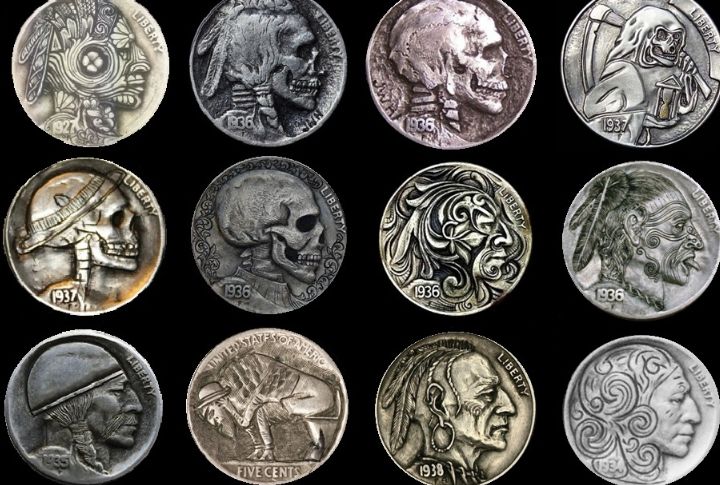
Once considered simple pocket change, Buffalo Nickels now spark excitement across collecting circles. Their rich symbolism and early 20th-century roots make them more than just old coins. Some varieties can fetch thousands at auction. If you’ve ever wondered what to watch for, here are ten clues.
The 1937-D Three-Legged Buffalo Nickel

This rare 1937-D Three-Legged Buffalo Nickel is a minting error caused by excessive polishing that erased one front leg. Interestingly, the hoof remains, adding to the odd look. As a result, it’s called the “ghost leg” nickel. Error details like this can drive collector interest quickly.
The 1925 Buffalo Nickel Struck On A 10-Cent Silver Planchet

In 1925, a mistake led to some Buffalo Nickels being made on silver dime planchets. Because of that, they appear shinier and slightly smaller than normal. These are nicknamed “silver buffalo” nickels. A silver finish is one of the first things to notice.
Full Date Visibility
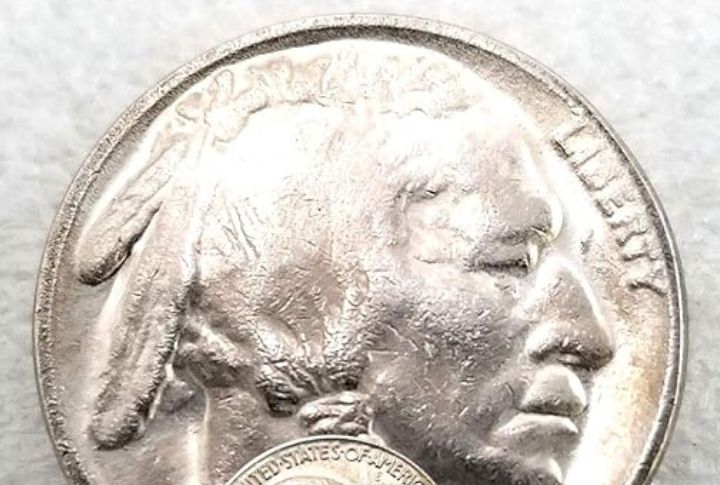
Over time, most Buffalo Nickels had their dates worn away. That’s why coins with fully readable dates are far more valuable. For example, a 1921-S in good shape can be worth over $1,000. Sharp dates make a big difference in judging quality.
Mint Marks (D Or S)
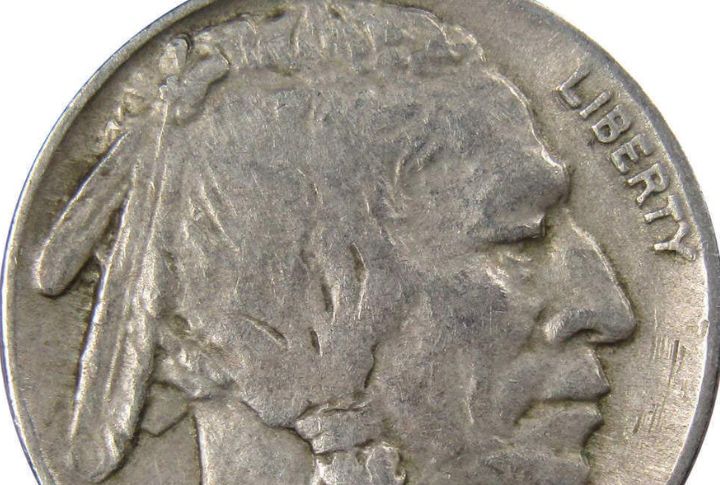
At first glance, the back of a Buffalo Nickel may look the same. However, just below “Five Cents,” a small “D” or “S” shows a different mint. These marks stand for Denver or San Francisco. Mint-marked versions usually command higher prices than plain ones.
The 1913 Type 1 Buffalo Nickel

Early 1913 nickels feature a buffalo standing on a high-ground mound. Since that design wore down fast, the mint switched to a flatter style mid-year. This elevated terrain makes Type 1 coins easy to identify and marks them as the earliest edition in the Buffalo Nickel series.
The 1926-S Buffalo Nickel

The 1926-S Buffalo Nickel had the lowest production of its series, making it a key rarity. Its limited mintage means even heavily circulated pieces hold value today, and collectors often pay a premium just to add one to their collection.
The 1913 Matte Proof Buffalo Nickel
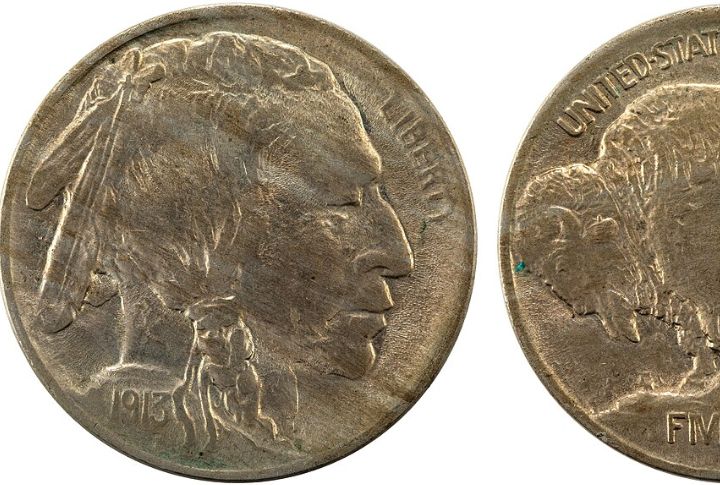
Unusual-proof nickels from 1913 were created with a sand-textured finish just for collectors. They weren’t liked much then, so not many were saved. These coins are now prized for their exceptional texture and rarity, proof that once-overlooked designs can become collector favorites.
The 1938-D Last Year Buffalo Nickel
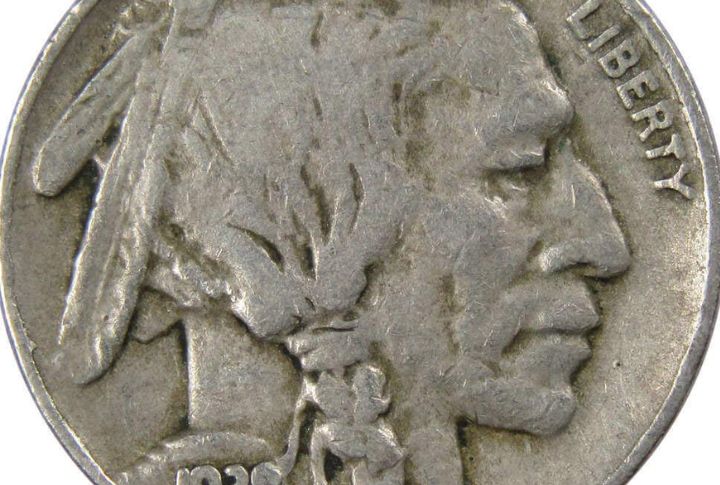
As the final issue before the Buffalo Nickel series ended, the 1938-D holds strong historical appeal. It was quickly replaced by the Jefferson design, making it a clear collectible milestone. Its “D” mint mark ensures easy identification and boosts its popularity among collectors.
The 1915 Buffalo Nickel With A Die Clash
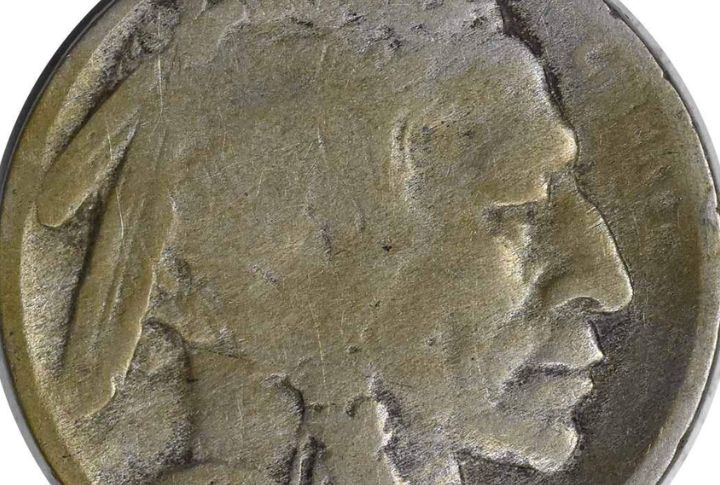
Sometimes, parts of the reverse design show faintly on the front. This happens when the dies hit each other without a blank coin between them. That’s how the 1915 die clash created the “phantom nickel.” Its ghost-like marks make it a standout error.
The 1934 Buffalo Nickel With A Large Mint Mark
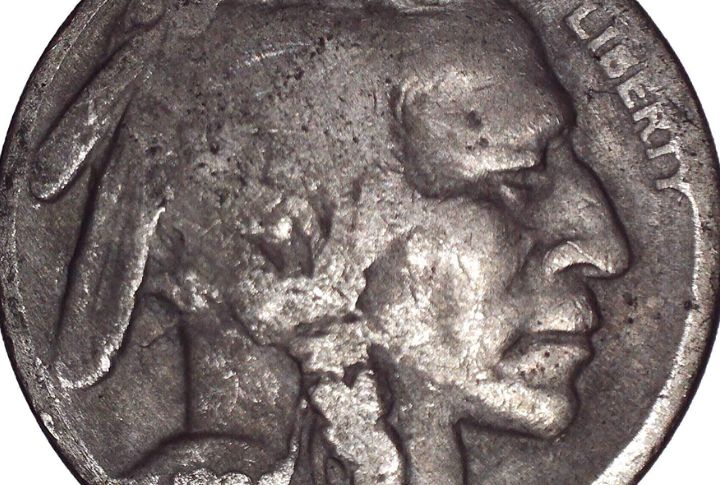
On some 1934 nickels, the mint mark appears larger than usual. This bold letter below “Five Cents” likely came from a different die style. While easy to overlook, this bold detail sets them apart from standard coins. It has earned collectors’ attention for its distinctiveness and deviation from typical design.
